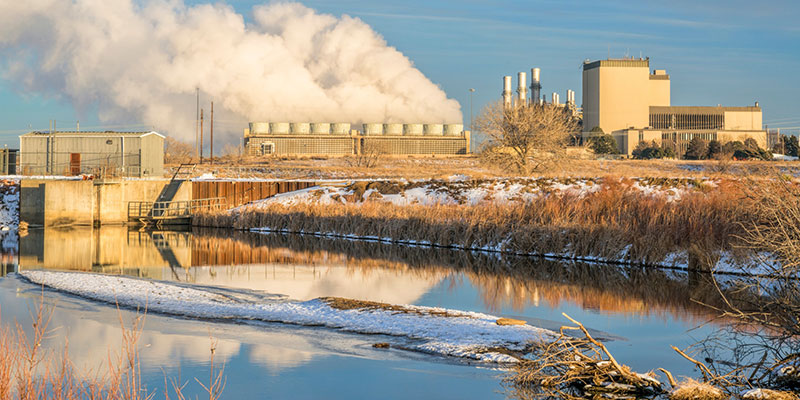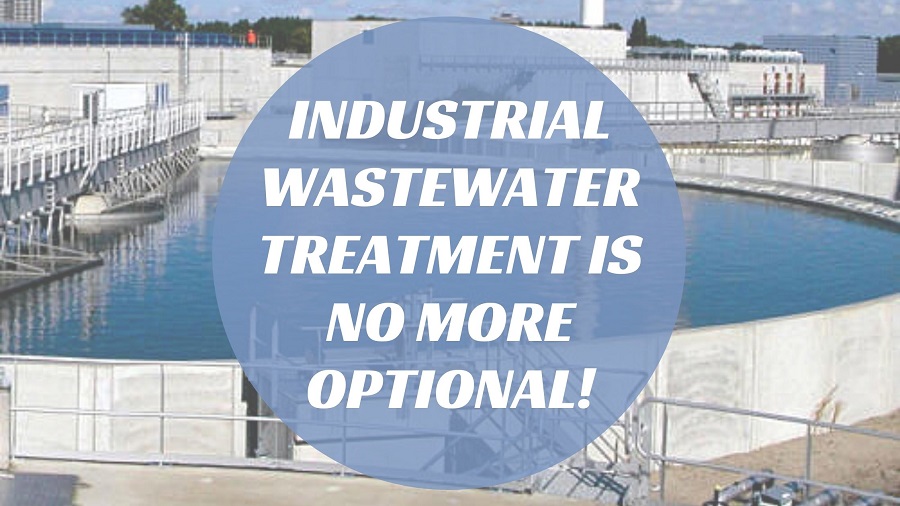Industrial Waste Water Treatment-- Effective Waste Administration for Factories
Wiki Article
Technologies and Advances in Hazardous Waste Water Treatment Technologies
The landscape of commercial wastewater therapy is going through a transformative change, driven by technologies that boost both performance and sustainability. Arising modern technologies, such as membrane layer bioreactors and microbial fuel cells, are redefining impurity removal procedures while adding to power generation. Source recovery methods are gaining traction, lining up with round economy concepts. As governing standards advance, the assimilation of AI and artificial intelligence right into wastewater administration systems promises to guarantee and improve procedures compliance. However, the full ramifications of these innovations increase crucial concerns regarding their scalability and lasting effect on market practices.Summary of Waste Water Therapy Technologies
Wastewater therapy innovations incorporate a series of methods developed to remove impurities from industrial effluents before their release right into the atmosphere. These technologies are critical for preserving eco-friendly equilibrium and making certain conformity with environmental guidelines. The primary groups of wastewater treatment consist of physical, chemical, and organic techniques, each offering distinct objectives based upon the nature of the impurities present.

Biological therapy methods employ microorganisms to deteriorate natural issue, making them particularly effective for organic-rich effluents. Methods like triggered sludge and biofilm reactors harness the all-natural deterioration abilities of microorganisms, bring about substantial decreases in biochemical oxygen demand (BOD)
Advanced Purification Strategies
Advanced filtration strategies stand for an essential development in the realm of commercial wastewater therapy, improving the efficiency of contaminant removal processes. Industrial Waste Water Treatment. These approaches include a series of modern technologies, including microfiltration, ultrafiltration, nanofiltration, and turn around osmosis, which provide sequential barriers for various fragment sizes and chemical structuresMicrofiltration and ultrafiltration make use of membrane systems to eliminate suspended solids, bacteria, and bigger natural molecules, boosting the quality of effluent previous to additional treatment. Nanofiltration connects the space in between ultrafiltration and reverse osmosis, properly eliminating organic compounds and divalent ions, hence minimizing the tons on downstream processes.
Reverse osmosis offers the highest degree of purification by permitting only water and small molecules to travel through its semi-permeable membrane layers, making it perfect for recovering top notch water from commercial effluents. Current advancements in membrane layer innovation, including the development of more sturdy and fouling-resistant materials, have actually dramatically improved functional efficiency and decreased costs.
Including these sophisticated filtering methods not just improves the overall therapy procedure yet also adds to sustainability initiatives by allowing water reuse and source recovery in commercial setups. (Industrial Waste Water Treatment)
Biological Therapy Advancements

In addition, the advancement of engineered organic systems, such as membrane layer bioreactors (MBRs), integrates organic treatment with advanced membrane filtering. This combination enables greater effluent high quality and minimized footprint, making it appropriate for space-constrained commercial centers. Advancements in genetically engineered microbes have additionally emerged, enhancing the biodegradation of certain impurities, such as drugs and heavy steels, that are generally testing to eliminate.
Additionally, the application of bioaugmentation approaches, where advantageous germs are introduced to enhance the existing organic treatment processes, has shown appealing outcomes in enhancing therapy efficiency. These innovations jointly indicate a fad in the direction of more sustainable and efficient organic treatment methodologies that can adjust to the developing complexities of commercial wastewater streams. As industries proceed to focus on ecological conformity, these organic technologies will certainly play a critical role in wastewater management.

Source Recuperation Techniques
In commercial settings, the combination of source recovery approaches has come to be increasingly essential for enhancing sustainability and reducing waste. These methods concentrate on drawing out important products and blog here energy from wastewater streams, thus changing prospective toxins into multiple-use resources.One noticeable method is nutrition recuperation, where nitrogen and phosphorus, usually existing over in wastewater, are recorded and converted right into fertilizers. This not only minimizes environmental effects however likewise gives a circular economy remedy for farming applications. In addition, modern technologies such as anaerobic food digestion enable the conversion of natural waste right into biogas, an eco-friendly power resource that can offset nonrenewable fuel source usage in commercial procedures.
Furthermore, advanced purification and membrane layer modern technologies assist in the recovery of commercial spin-offs such as steels and salts. These recouped materials can be rehabilitated right into production processes, decreasing the demand for virgin resources.
Future Patterns in Drainage Administration
As sectors progressively focus on sustainability, the future of wastewater management is readied to undertake significant changes. Technical developments, such as man-made knowledge and maker learning, will certainly allow much more efficient surveillance and administration of wastewater systems. These modern technologies can predict upkeep requirements, enhance therapy processes, and boost decision-making, eventually decreasing operational expenses and environmental influence.Additionally, the integration of round economy principles will certainly play an essential role in wastewater management. Industries are anticipated to shift in the direction of systems that not just deal with wastewater but additionally recover useful sources, such as nutrients, water, and energy. This shift will certainly minimize waste and promote the reuse of materials, straightening with worldwide sustainability goals.
Arising treatment methods, such as membrane bioreactors and advanced oxidation processes, will even more boost the efficiency of wastewater treatment, permitting higher high quality effluents appropriate for reuse. In addition, regulatory structures are most likely to progress, stressing stricter standards for wastewater discharge and motivating markets to adopt cutting-edge treatment options.
Final Thought
In verdict, the advancement of industrial wastewater treatment technologies shows browse this site a significant change in the direction of improved efficiency and sustainability (Industrial Waste Water Treatment). Innovations in sophisticated purification strategies, organic treatments, and source healing techniques highlight the industry's dedication to environmental stewardship.The landscape of commercial wastewater treatment is going through a transformative shift, driven by advancements that improve both effectiveness and sustainability.Wastewater treatment modern technologies include an read more array of approaches developed to eliminate contaminants from commercial effluents prior to their release right into the environment.Utilizing the power of organic procedures has led to considerable developments in the therapy of industrial wastewater.Furthermore, the application of bioaugmentation strategies, where advantageous microbes are introduced to boost the existing organic therapy procedures, has actually revealed encouraging outcomes in improving treatment performance. These innovations collectively indicate a pattern in the direction of more effective and sustainable biological treatment techniques that can adapt to the progressing intricacies of industrial wastewater streams.
Report this wiki page